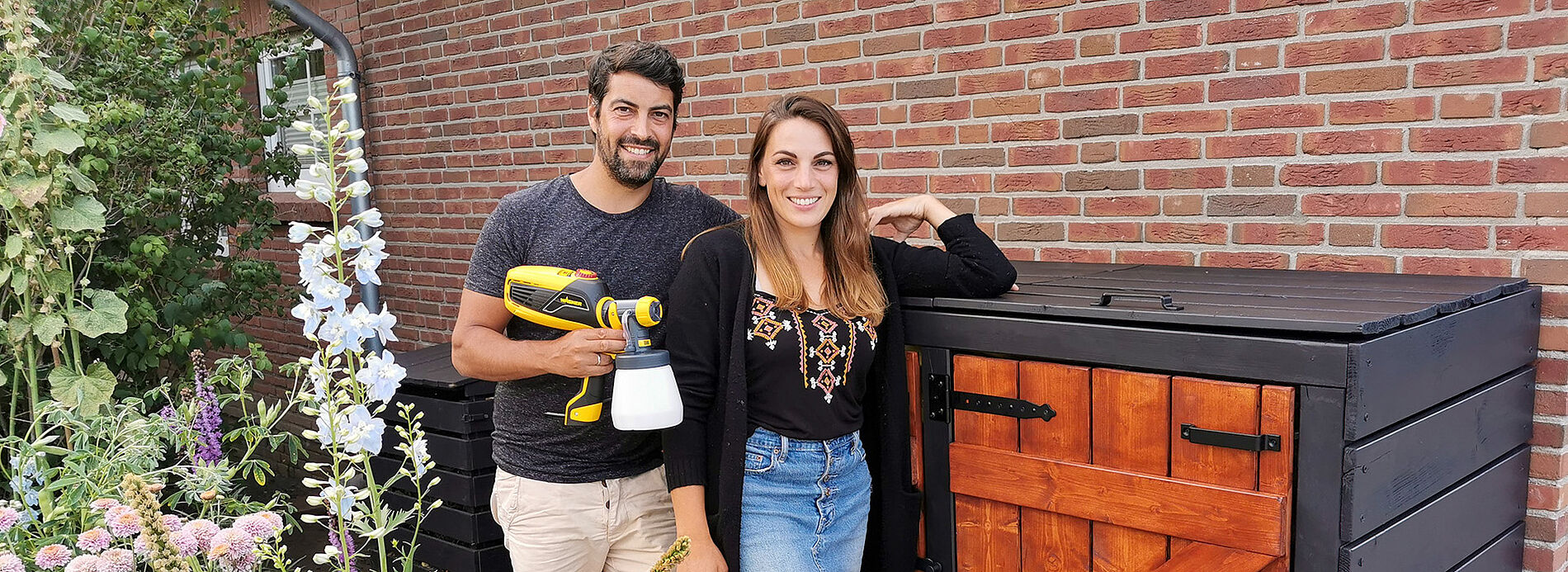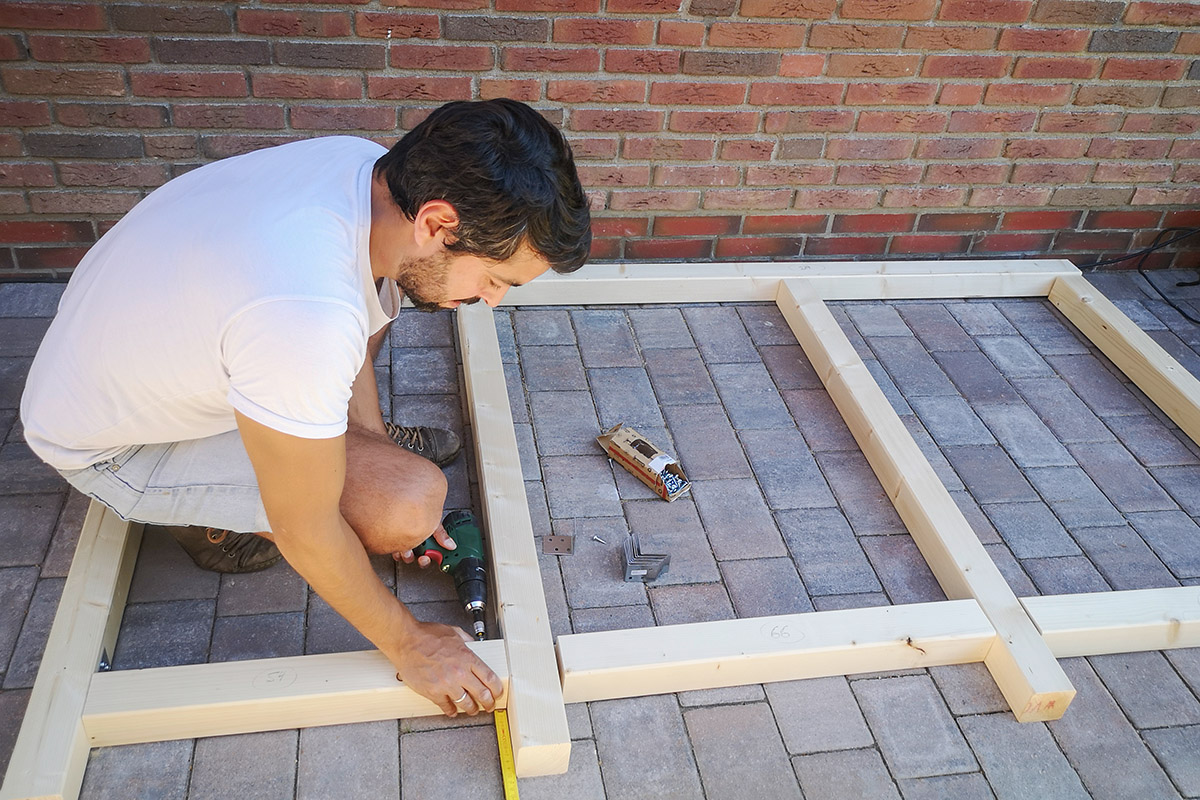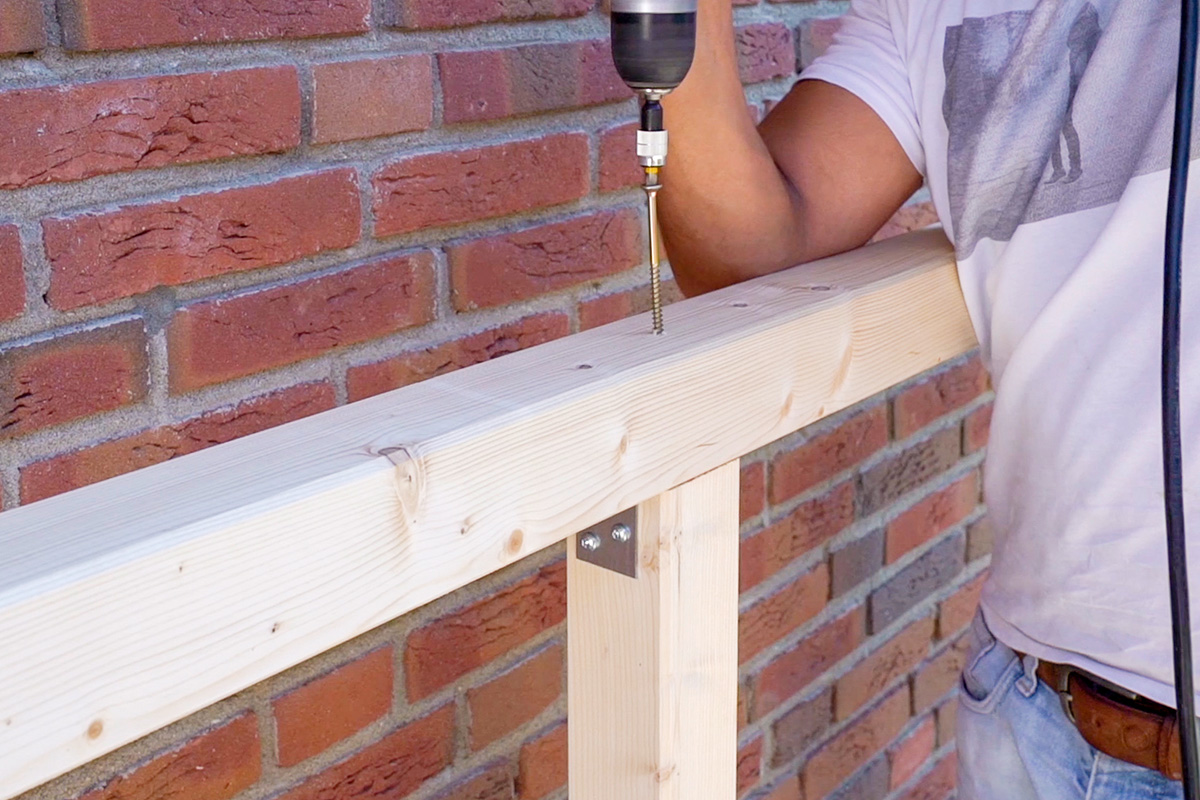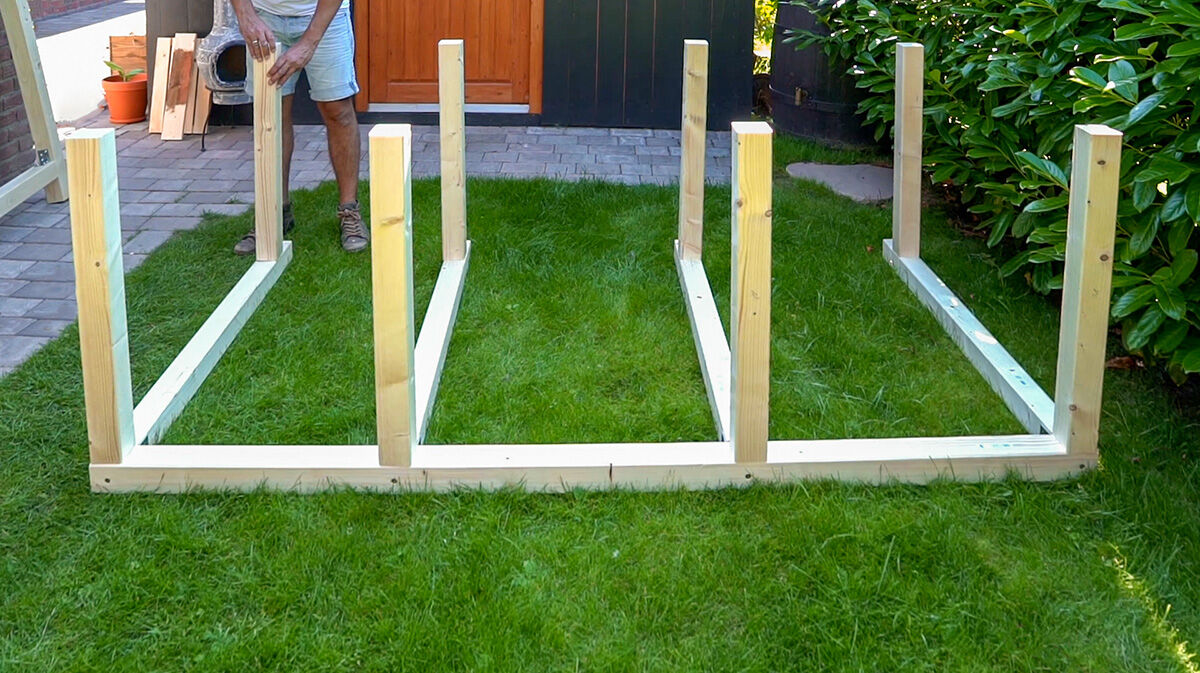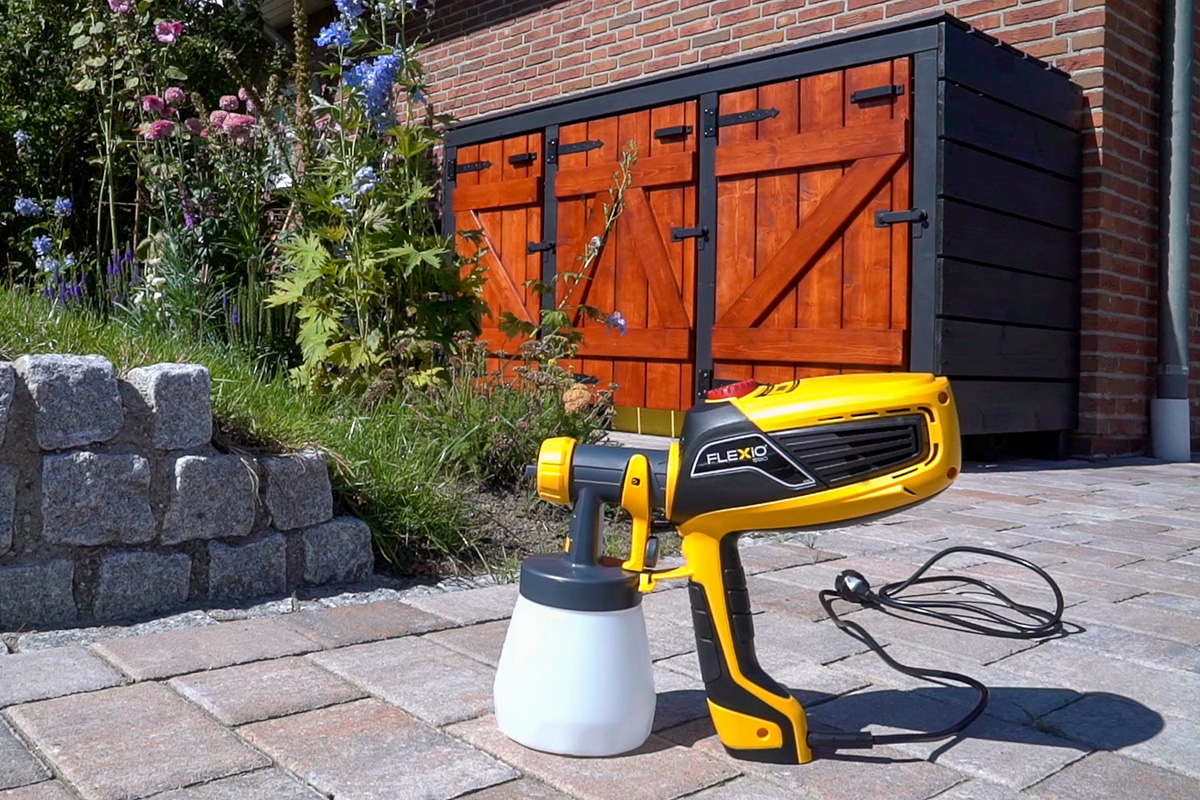Hide your bins so they don't scare your neighbours!
An unsightly dustbin at the entrance or in the front garden is considered an eyesore to many. Especially in the outdoor area, where everything should look lovely and harmonious, dustbins often ruin the visual effect. But where can dustbins go? You don't want them in the house, they're not decorations to go in front of the house and in sheds they're hard to access. The answer is a nice-looking hideaway for your not-so-nice-looking bins!
With a stylish enclosure, your dustbins’ hiding spot can become an eye-catcher. DIY dustbin boxes give you more space in the tool shed, they look nicer and you can customise the boxes to fit the style of your house, the available space and the number of bins. However, you should take care to check the location ahead of time; the ground underneath should be even and the space should be appropriately sized for the box. Also, the wooden enclosure should ideally face away from the sun to prevent possible fermentation processes from occurring as a result of too much heat inside the dustbins.

